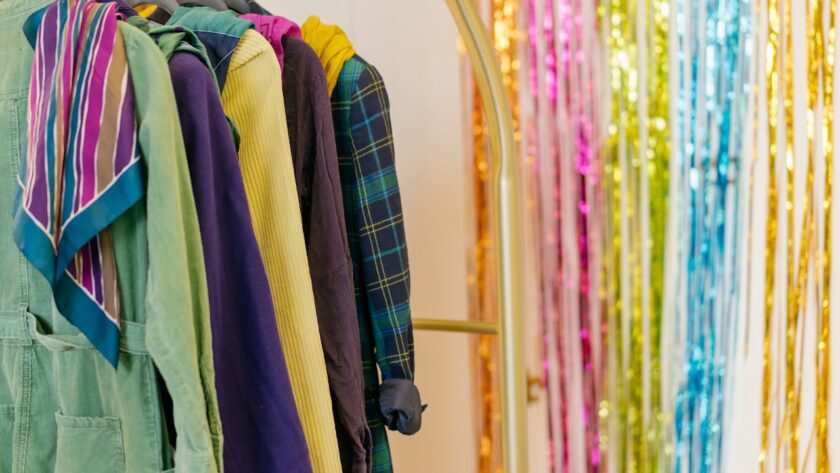Colour is a legitimate language that speaks louder without uttering a single word. It has the remarkable ability to evoke emotions, convey messages, and even influence perceptions. Understanding the principles of colour theory can empower you to make intentional choices in your dressing style, allowing you to express your personality, enhance your mood, and create visually stunning outfits. In this article, we’ll delve into the fundamentals of colour theory and explore how you can apply them to elevate your fashion game.
The Basics of Color Theory
Colour theory is a framework that explores the relationships between different colours and how they interact with one another. At its core, colour theory consists of three primary components:
Hue: Hue refers to the pure spectrum of colours, such as red, blue, yellow, and green. This colour is the block of all.
Saturation: saturation, describes the purity or vividness of a colour. A highly saturated colour appears vibrant and bold, while a desaturated colour appears muted or subdued.
Understanding Color Relationships
Colour theory also explores the relationships between different colours, which can be categorized into several key concepts:
Complementary Colors: Complementary colours are located opposite each other on the colour wheel, such as red and black, blue and orange, or yellow and purple. When paired together, complementary colours create contrast and visual interest.
Analogous Colors: Analogous colours are located next to each other on the colour wheel, such as red, orange, and yellow. These colours share similar undertones.
Triadic Colors: Triadic colours are evenly spaced around the colour wheel, forming a triangle. For example, the primary colours red, blue, and yellow are triadic. This colour scheme creates a vibrant and balanced composition.
Applying Color Theory to Your Dressing Style
Now that we’ve covered the basics of colour theory, let’s explore how you can use this knowledge to enhance your dressing style:
Choose a Dominant Color: Start by selecting a dominant colour for your outfit, such as a bold red, a calming blue, or a sophisticated black. This will serve as the focal point of your look. And pair it with the opposite such as pairing the red top with a black one,
pink with white etc.
Add Accent Colors: Once you’ve chosen a dominant colour, consider adding accent colours to complement and enhance it. Look for colours that are either complementary or analogous to your dominant hue to create visual interest.
Consider the Occasion: Tailor your colour choices to suit the occasion and the message you want to convey. For example, opt for vibrant, energetic colours for a lively social gathering, or choose soft, muted tones for a more subdued and elegant look.
Experiment with Texture and Fabric: Don’t limit yourself to solid colours – experiment with textures and fabrics to add depth and dimension to your outfit. Mix and match different textures, such as silk, denim, or velvet, to create a rich and tactile experience.
Trust Your Instincts: Ultimately, dressing well is about expressing your unique personality and style. While colour theory provides a useful framework, don’t be afraid to trust your instincts and embrace colours that resonate with you on a personal level.
By incorporating the principles of colour theory into your dressing style, you can unlock a world of creative possibilities and transform your wardrobe into a vibrant reflection of your individuality.


